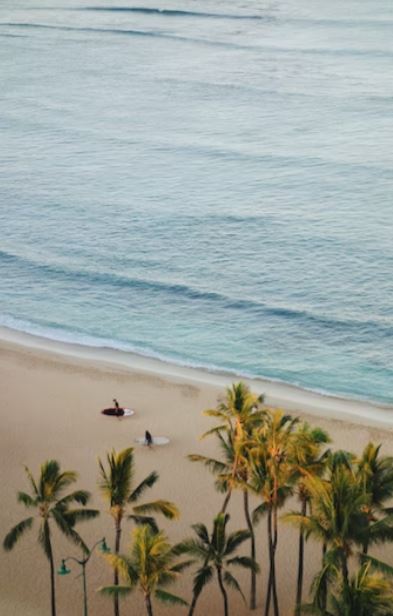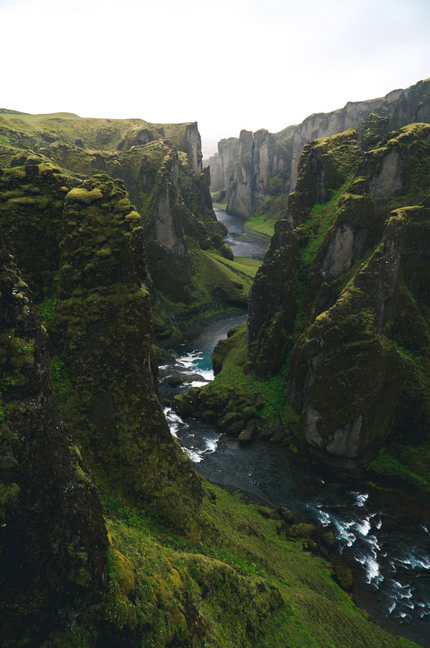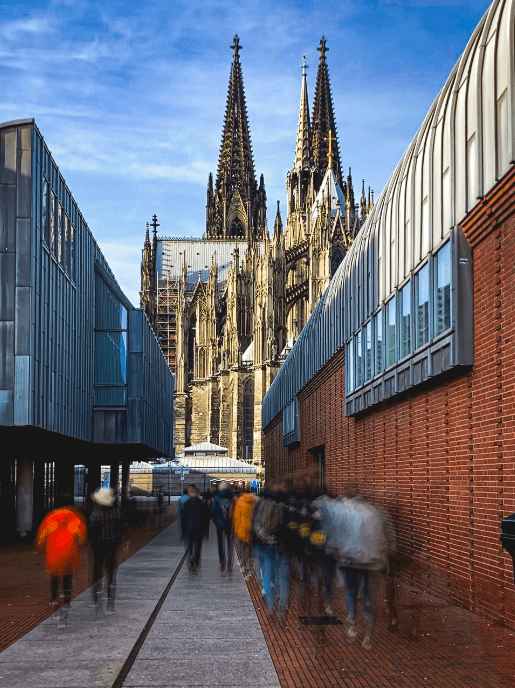8 Shocking Facts About the Maldives That Will Change the Way You See It
Are you dreaming of an idyllic tropical escape where your every need is catered to in a setting that feels like paradise on Earth? The Maldives, with its legendary turquoise waters, pristine white sand beaches, and luxurious resorts, is often considered the ultimate travel destination for those seeking serenity and luxury.

But beyond the lavish accommodations and postcard-perfect landscapes, there’s so much more to uncover. The Maldives is a place rich in history, culture, and natural wonders that will enhance your appreciation for the destination if you dig a little deeper.
To help you make the most of your experience, here are eight fascinating facts about the Maldives that will make your trip all the more memorable and meaningful.
The Smallest Country in Asia—By Both Size and Population

Despite its sprawling chain of islands and immense reputation as a luxurious destination, the Maldives is actually the smallest country in Asia, both in terms of land area and population. The Maldives is made up of a staggering 1,192 coral islands spread across nearly 35,000 square miles in the Indian Ocean.
However, only about 116 of these islands rise above the water’s surface, and only 200 are inhabited by people. This leaves hundreds of islands as untouched, remote locations, providing a sense of wild beauty and isolation that few other destinations can offer.

For travelers, this means a rare opportunity to visit uninhabited islands and immerse yourself in the untouched natural beauty of one of the world’s most geographically dispersed nations.
The Word Atoll Originates from the Maldives
The Maldives isn’t just an inspiration for travelers; it also made a notable contribution to the English language. The word atoll, which is defined as a ring-shaped coral reef or island surrounding a lagoon, originates from the Maldivian language, Dhivehi.
First used in the 1600s to describe the unique geography of the Maldives, the term has since become widely recognized around the world, thanks in part to the work of Charles Darwin, who popularized it in his scientific writings. When you visit the Maldives, you’ll find yourself surrounded by these stunning natural formations, reminding you of the country’s unique contribution to both science and linguistics.
Straddling the Equator—A Sun-Soaked Paradise in Both Hemispheres
One of the Maldives’ most distinctive features is its equatorial location. The nation is composed of 26 atolls, which are distributed across both the Northern and Southern Hemispheres. Some islands lie just above the equator, while others sit just below it. This geographical positioning results in consistently warm, tropical weather year-round, making the Maldives a perfect destination for sun lovers.
However, travelers should be aware that the sun near the equator is incredibly intense, so ample sunscreen and protective clothing are a must. The combination of a unique hemispheric location and consistent sunshine makes the Maldives a paradise for beachgoers and sun-seekers alike.
Impressive Literacy Rates Across the Maldives
While the Maldives is famous for its natural beauty, it’s also worth noting the country’s impressive commitment to education. With literacy rates exceeding 99% among teenagers, the Maldives stands out as one of the most literate nations in South Asia. Remarkably, over 90% of the population is fluent in English, in addition to Dhivehi, the local language.
This high level of literacy and linguistic ability ensures that visitors can easily communicate with locals, adding another layer of convenience to your trip. Whether you’re exploring the bustling markets of Malé or venturing out to more remote islands, the high literacy rates and warm hospitality of the Maldivian people will make your stay that much more comfortable.
Cool Sand, Thanks to Parrotfish—Yes, Really!
One of the most unique and fascinating aspects of the Maldives’ beautiful beaches is that the sand remains cool to the touch, even under the scorching tropical sun. But what makes the sand here so special? The answer lies with the parrotfish. These brightly colored marine creatures play a crucial role in creating the Maldives’ soft, white sand.
Parrotfish feed on coral, and after digesting it, they excrete it as fine particles of sand. Each parrotfish can produce up to 900 pounds of sand per year! While it may be surprising to learn that the sand you’re walking on is essentially parrotfish excrement, it’s undeniably beautiful, soft, and cool—perfect for barefoot beach strolls, day or night.
A Rich and Ancient History Spanning Millennia
The Maldives may seem like a remote paradise, but it has a deep and fascinating history that stretches back thousands of years. Archaeological evidence shows that people have lived in the Maldives since the 5th century BC, long before the islands became known as a luxury travel destination. Around the 3rd century BC, Buddhism was introduced to the Maldives, and it remained the dominant religion for over 1,400 years.
In the mid-1100s, the last Buddhist king converted to Islam, a transformative moment that has shaped the country’s culture ever since. Today, Islam is the official religion, and visitors can explore stunning mosques and other historical landmarks that reflect this religious and cultural transition. While you’re free to enjoy the resort lifestyle, remember that the Maldives is a place of deep cultural significance, and respecting local customs, especially when visiting Malé, is essential.
Sustainable Fishing: Preserving Tradition and Protecting the Environment
In an era where sustainable practices are becoming increasingly vital, the Maldives has long embraced a tradition that reflects both cultural heritage and environmental stewardship. For centuries, Maldivian fishermen have used a technique known as pole and line fishing to catch tuna, the country’s primary export. This method, while labor-intensive, is designed to prevent overfishing and ensure that fish populations remain healthy for future generations.
Unlike industrial fishing techniques that can devastate marine ecosystems, pole and line fishing allows for a more sustainable approach that has been passed down through generations. The commitment to these methods is a testament to the Maldivian people’s respect for their natural resources and their desire to maintain a balance between tradition and modern needs.
Year-Round Whale Shark Sightings in South Ari Atoll
One of the Maldives’ greatest natural attractions is its thriving marine life, and among the most awe-inspiring creatures you can encounter here are whale sharks. Known as the largest fish in the world, whale sharks are regular visitors to the Maldives, particularly around the southern edge of the South Ari Atoll. These gentle giants, which can grow to more than 30 feet in length, are a major draw for divers and snorkelers alike.
What makes the Maldives truly special is that whale sharks can be spotted year-round, making it one of the few places in the world where you’re almost guaranteed to see them. The opportunity to swim alongside these magnificent creatures is a once-in-a-lifetime experience, and one that will undoubtedly be a highlight of any trip to the Maldives.
With these fascinating insights into the Maldives, it’s clear that this island paradise offers much more than just luxury resorts and stunning beaches. Whether you’re drawn to its rich history, sustainable practices, or incredible marine life, there’s something for every traveler to discover and appreciate.
Ready to embark on the adventure of a lifetime in Maldives? Let’s talk! The Trip Atelier takes the stress out of vacation planning. Book now to start planning your perfect itinerary– turning your travel dreams into reality.






